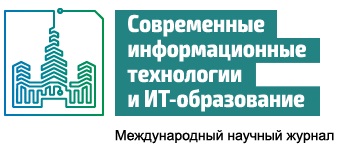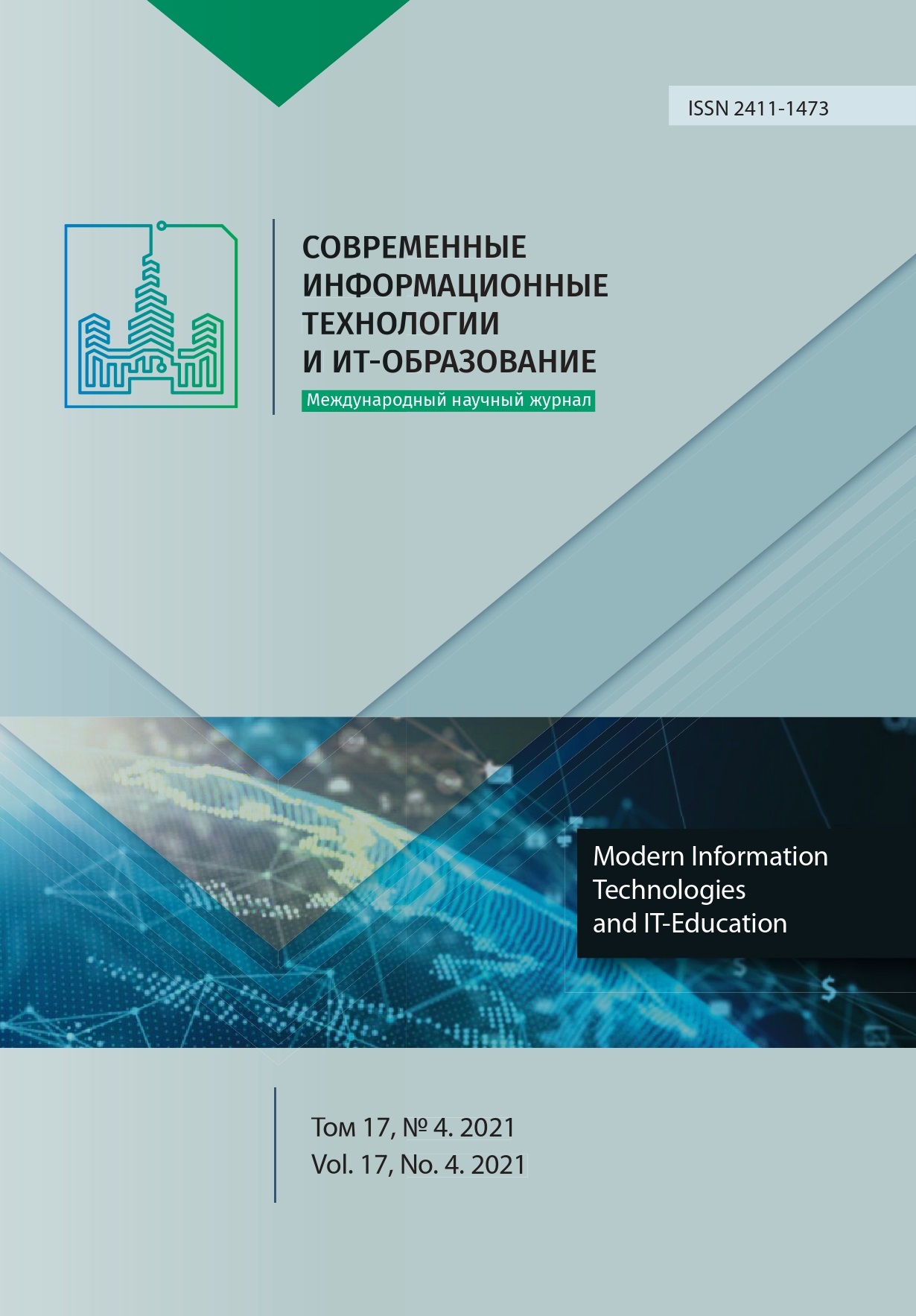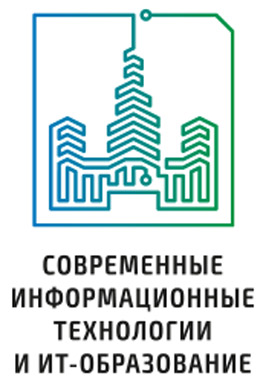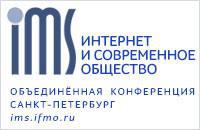Оценка эффективности последовательного комплексирования сигналов
Аннотация
В статье рассмотрено моделирование и оценка эффективности последовательного комплексирования сигналов неравноточных информационных систем, измеряющих истинный сигнал. Сигналы информационных систем моделировались как гармонический сигнал с аддитивным гауссовым шумом, а сам процесс моделирования как последовательность операций: генерация истинного сигнала, измерение его информационной системой, получение от информационной системы сигналов, которые поступают на первый блок комплексирования, и оптимальное комплексирование во втором блоке. Первый блок комплексирования представляет собой алгоритм вычисления весов сигналов информационных систем, которые учитывают и как само качество сигналов (точность измерения истинного сигнала), так и качество самих информационных систем, что обусловлено изначальной неравной точностью последних. Второй блок комплексирования является оптимальным алгоритмом обработки взвешенных в первом блоке сигналов, использующим метод наименьших квадратов для получения итого комлпексированного сигнала. Поскольку процесс измерения величины носит статистический характер, для оценки эффективности было проведено моделирование 1000 реализаций измерения. Моделирования показало эффективность предлагаемого подхода: если точность комплексированного сигнала после первого блока колеблется около 30 %, то выигрыш от использования еще и оптимального комплексирования позволяет повысить выигрыш в среднем до 82.
Литература
2. Ponyatsky V.M., Gorin A.V. Determining the Structure of the Information System based on the Use of Fuzzy Logic. Sovremennye informacionnye tehnologii i IT-obrazovanie = Modern Information Technologies and IT-Education. 2019; 15(3):645-653. (In Russ., abstract in Eng.) doi: https://doi.org/10.25559/SITITO.15.201903.645-653
3. Ponyatsky V.M., Gorin A.V. Signal fusing of unequal accuracy information system based on fuzzy logic. International Journal of Open Information Technologies. 2019; 7(3):25-31. Available at: https://elibrary.ru/item.asp?id=37112821 (accessed 26.08.2021). (In Russ., abstract in Eng.)
4. Ponyatsky V.M., Gorin A.V. Vybor rezhima raboty pri kompleksirovanii informacionnyh sistem na osnove nechetkoj logiki [Choosing a mode of operation when fusioning information systems based on fuzzy logic]. XIII All-Russia Control Conference (VSPU-2019). IPU RAS, Moscow; 2019. p. 2445-2450. (In Russ., abstract in Eng.) doi: https://doi.org/10.25728/vspu.2019.2445
5. Pogorelsky S.L., Ponyatsky V.M., Makaretsky E.A., Gublin A.S., Ovchiinikov A.V. Enhance the accuracy parameters of the object in the image, based on algorithmic complex information processing. Izvestija Tul'skogo gosudarstvennogo universiteta. Tehnicheskie nauki = News of the Tula state university. Technical sciences. 2016; (12-2):147-154. Available at: https://elibrary.ru/item.asp?id=27471905 (accessed 26.08.2021). (In Russ., abstract in Eng.)
6. Egorov D.B., Makaretskiy E.A., Ponyatskiy V.M. The definition of crossing trajectories in sequence video frames. Izvestija Tul'skogo gosudarstvennogo universiteta. Tehnicheskie nauki = News of the Tula state university. Technical sciences. 2013; (6-2): 200-205. Available at: https://elibrary.ru/item.asp?id=21436516 (accessed 26.08.2021). (In Russ., abstract in Eng.)
7. Pogorelsky S.L., Ponyatsky V.M., Egorov D.B., Makaretsky E.A., Ovchinnikov A.V., Gublin A.S. Izvestija Tul'skogo gosudarstvennogo universiteta. Tehnicheskie nauki = News of the Tula state university. Technical sciences. 2016; (12-2):135-147. Available at: https://elibrary.ru/item.asp?id=27471903 (accessed 26.08.2021). (In Russ., abstract in Eng.)
8. Makaretsky E.A., Eremin N.N., Ponyatsky V.M. Metod povyshenija jeffektivnosti segmentacii v sisteme slezhenija za transportnymi potokami [A method of increase in efficiency of segmentation in the system of tracking traffic flows]. Proceedings of the IX International conference "Recognition ‒ 2010". Optical-electronic devices and devices in the systems of recognition of images, processing of images and symbolical information. SWSU, Kursk; 2010. p. 39-41. Available at: https://elibrary.ru/item.asp?id=27725926 (accessed 26.08.2021). (In Russ.)
9. Galangte A.I., Ponyatsky V.M., Makaretsky E.A. Features of design of algorithms of processing of images in television measuring systems. Proceedings of the conference on Modelling of Aviation Systems. GosNIIAS, Moscow; 2011. p. 121-127. Available at: https://elibrary.ru/item.asp?id=21000524 (accessed 26.08.2021). (In Russ.)
10. Pogorelski S.L., Chinaryov A.V., Semikozov A.M. A complex approach to image enhancement of television and infrared devices. Izvestija Tul'skogo gosudarstvennogo universiteta. Tehnicheskie nauki = News of the Tula state university. Technical sciences. 2012; (7):291-296. Available at: https://elibrary.ru/item.asp?id=18940853 (accessed 26.08.2021). (In Russ., abstract in Eng.)
11. Zaitsev D.A., Sarbei V.G., Sleptsov A.I. Synthesis of continuous-valued logic functions defined in tabular form. Cybernetics and Systems Analysis. 1998; 34(2):190-195. (In Eng.) doi: https://doi.org/10.1007/BF02742068
12. Babuška R. Fuzzy Modeling for Control. International Series in Intelligent Technologies. Vol. 12. Springer Dordrecht; 1998. 260 p. (In Eng.) doi: https://doi.org/10.1007/978-94-011-4868-9
13. Filo G. Modelling of fuzzy logic control system using the MATLAB SIMULINK program. Czasopismo Techniczne. Mechanika = Technical Transactions. Mechanics. 2010; 2(8):73-81. Available at: https://repozytorium.biblos.pk.edu.pl/resources/32840 (accessed 26.08.2021). (In Eng.)
14. Kovacic Z., Faulkner L., Bogdan S. Fuzzy Controller Design: Theory and Applications. 1st ed. USA, CRC Press; 2005. 416 p. (In Eng.) doi: https://doi.org/10.1201/9781420026504
15. Bukhalyov V.A. Optimal'noe sglazhivanie v sistemah so sluchajnoj skachkoobraznoj strukturoj [Optimum smoothing in systems with accidental spasmodic structure]. Fizmatlit, Moscow; 2013. 188 p. Available at: https://elibrary.ru/item.asp?id=24056531 (accessed 26.08.2021). (In Russ.)
16. Fikhtengolts G.M. Kurs differencial'nogo i integral'nogo ischislenija [Course of differential and integral calculus]. Vol. 1. 8th ed. Fizmatlit, Moscow; 2003. 679 p. Available at: https://elibrary.ru/item.asp?id=19442791 (accessed 26.08.2021). (In Russ.)
17. Buckley J.J., Eslami E. An Introduction to Fuzzy Logic and Fuzzy Sets. Advances in Intelligent and Soft Computing. Vol. 13. Physica Heidelberg; 2002. 285 p. (In Eng.) doi: https://doi.org/10.1007/978-3-7908-1799-7
18. Běhounek L., Cintula P. Fuzzy logics as the logics of chains. Fuzzy Sets and Systems. 2006; 157(5):604-610. (In Eng.) doi: https://doi.org/10.1016/j.fss.2005.10.005
19. Dadios E.P. Fuzzy Logic ‒ Algorithms, Techniques and Implementations. IntechOpen, London; 2012. 296 p. (In Eng.) doi: https://doi.org/10.5772/2663
20. Nguyen H., Wu B. Fundamentals of Statistics with Fuzzy Data. Studies in Fuzziness and Soft Computing. Vol. 198. Springer Berlin, Heidelberg; 2006. 196 p. (In Eng.) doi: https://doi.org/10.1007/11353492
21. McNeill F.M., Thro E. Fuzzy Logic: A Practical Approach. Academic Press; 1994. 1st ed. 309 p. (In Eng.) doi: https://doi.org/10.1016/C2013-0-11164-6
22. Chen G., Pham T.T. Introduction to Fuzzy Sets, Fuzzy Logic, and Fuzzy Control Systems. USA, CRC Press, 2019; 328 p. (In Eng.)
23. Jin Ya. Advanced Fuzzy Systems Design and Applications. Studies in Fuzziness and Soft Computing. Vol. 112. Springer Physica-Verlag, Warsaw; 2003. 272 p. (In Eng.) doi: https://doi.org/10.1007/978-3-7908-1771-3
24. Buckley J. Simulating Fuzzy Systems. Studies in Fuzziness and Soft Computing. Vol. 171. Springer, Warsaw; 2005. 208 p. (In Eng.) doi: https://doi.org/10.1007/b100371
25. Viertl R. Statistical Methods for Fuzzy Data. John Wiley & Sons, New Delhi; 2011. 270 p. (In Eng.) doi: https://doi.org/10.1002/9780470974414

Это произведение доступно по лицензии Creative Commons «Attribution» («Атрибуция») 4.0 Всемирная.
Редакционная политика журнала основывается на традиционных этических принципах российской научной периодики и строится с учетом этических норм работы редакторов и издателей, закрепленных в Кодексе поведения и руководящих принципах наилучшей практики для редактора журнала (Code of Conduct and Best Practice Guidelines for Journal Editors) и Кодексе поведения для издателя журнала (Code of Conduct for Journal Publishers), разработанных Комитетом по публикационной этике - Committee on Publication Ethics (COPE). В процессе издательской деятельности редколлегия журнала руководствуется международными правилами охраны авторского права, нормами действующего законодательства РФ, международными издательскими стандартами и обязательной ссылке на первоисточник.
Журнал позволяет авторам сохранять авторское право без ограничений. Журнал позволяет авторам сохранить права на публикацию без ограничений.
Издательская политика в области авторского права и архивирования определяются «зеленым цветом» в базе данных SHERPA/RoMEO.
Все статьи распространяются на условиях лицензии Creative Commons «Attribution» («Атрибуция») 4.0 Всемирная, которая позволяет другим использовать, распространять, дополнять эту работу с обязательной ссылкой на оригинальную работу и публикацию в этом журналe.













